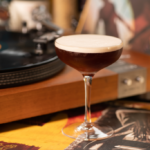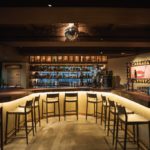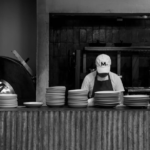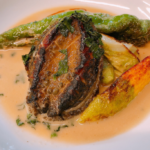Read the original article by Nicolle Monico on justluxe.com
If you’ve been to Italy’s capital, you’re probably aware of many of the beautiful churches there are to discover. While St. Peter’s Basilica, St. Paul Outside the Walls, and Basilica di Santa Maria Maggiore are generally on people’s lists, Rome has a whole slew of concealed churches that you may not know exist. Here’s a list of eight hidden churches in the city that will take some planning and research to find.
#1 San Pietro in Vincoli

First built in the middle of the 5th century, the San Pietro in Vincoli (Saint Peter in Chains) was built to house the relic of the chains that bound Saint Peter while imprisoned in Jerusalem. Legend has it, that when the pope held up Peter’s chains from his first imprisonment next to them, the two turned into one pair (miraculously). The basilica has gone through many renovations over the years but still remains open today. One of the most famous attractions here is Michelangelo’s Moses which was completed in 1515 and was originally supposed to be part of a 47-statue, free-standing funeral monument for Pope Julius II. (This was never completed).
#2 Santa Maria in Domnica alla Navicella
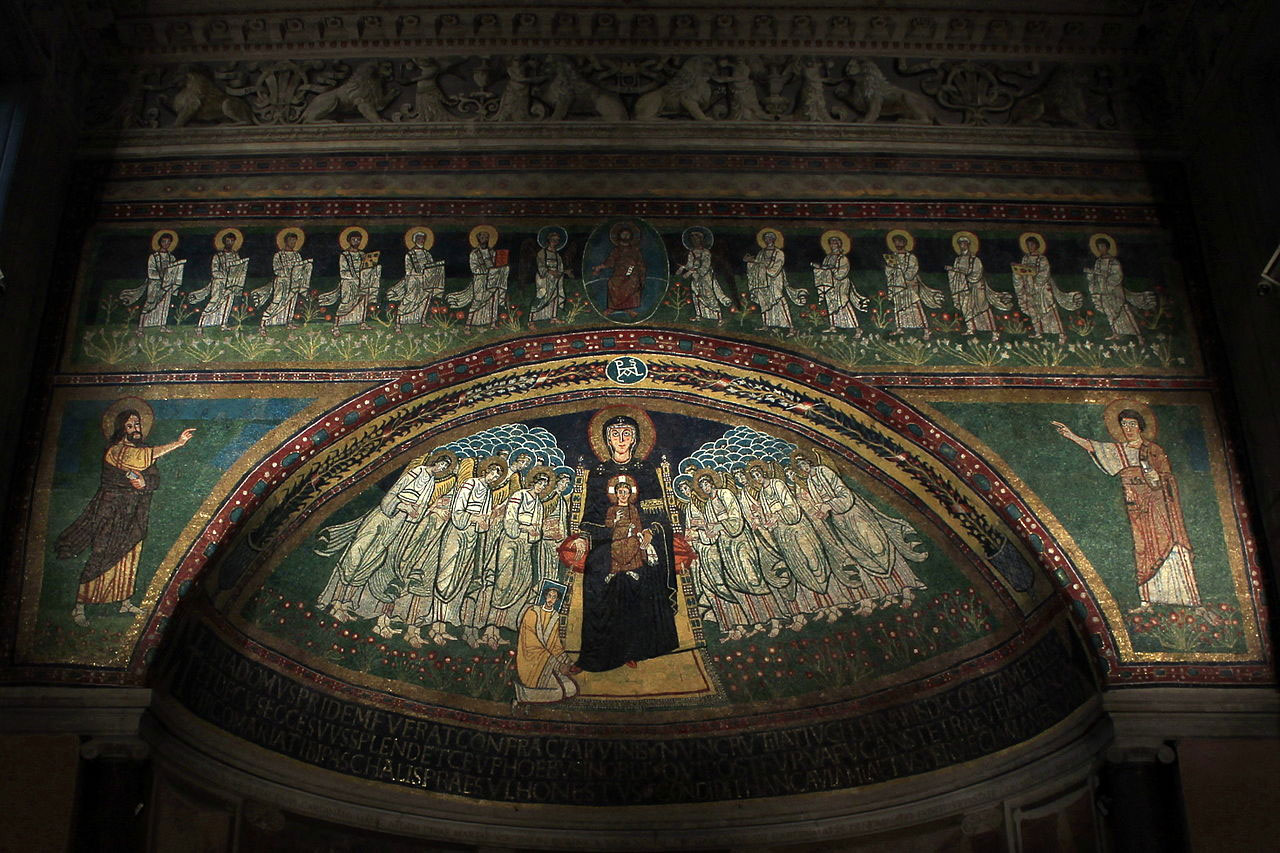
Since its beginnings, the basilica focused on ministering to the poor, a task generally assigned to the deacons. Along with its frescoed ceilings, a mosaic depicting the Blessed Virgin Mary sitting on a throne with the baby Jesus resting on her lap sits at the centre of the church. Having restored the church from 817-824, Pope Paschal I can also be seen sitting at Jesus’ feet with a square halo surrounding his head signifying he was living in the composition. There is also a deep history between the chapel and the Medici family who modified the building extensively. During Giovanni de Medici’s time as titular cardinal, between 1489 and 1513, he made sure to leave his mark with a painting that included a frieze of lions and the Medici insignia ring.
#3 Santa Lucia in Selci
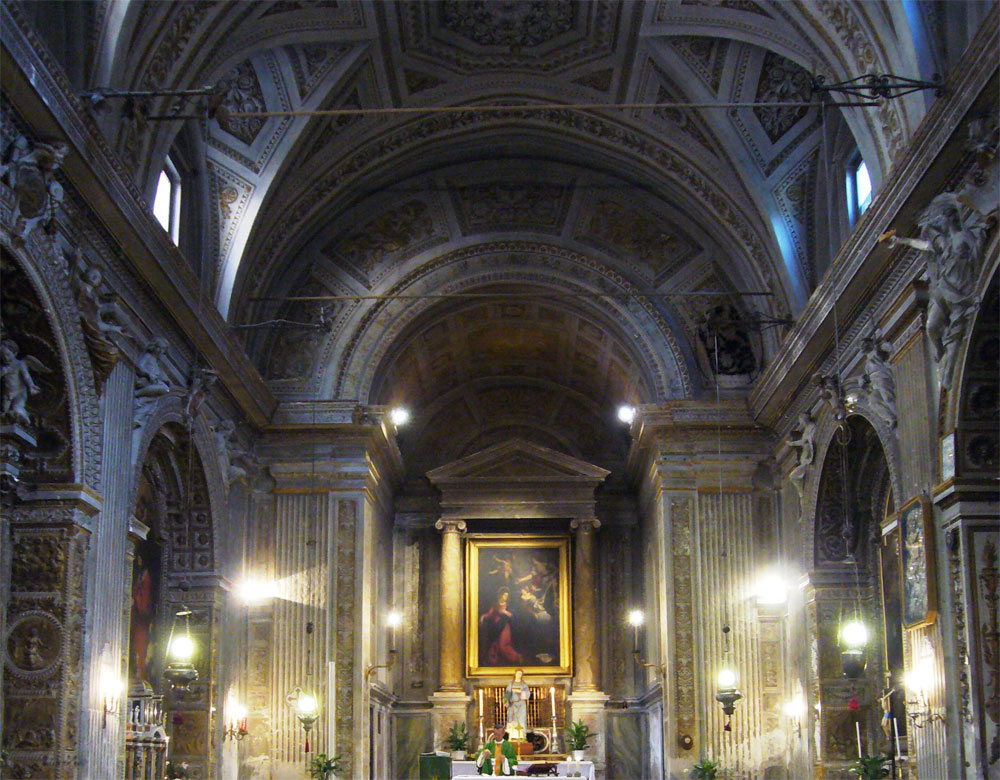
The small Santa Lucia in Selci dates back to the 8th century before its interiors were reconstructed in the 16th century by Carlo Maderno. In the early 13th century, a monastery was built around the chapel for Benedictine monks but was instead used for the Carthusians (a Roman Catholic religious order) and then Benedictine nuns. Inside, the church has a single nave with three chapels on each side as well as a 19th-century fresco, Glory of St. Lucy, by Giovanni Antonio Lelli. Other works include Martyrdom of St. Lucy by Giovanni Lanfranco, God the Father by Cavaliere d’Arpino, the Annunciation altarpiece by Anastasio Fontebuoni, and the Vision of St. Augustine by Andrea Camassei sits above the high altar.
#4 Santa Maria del Carmine alle Tre Cannelle
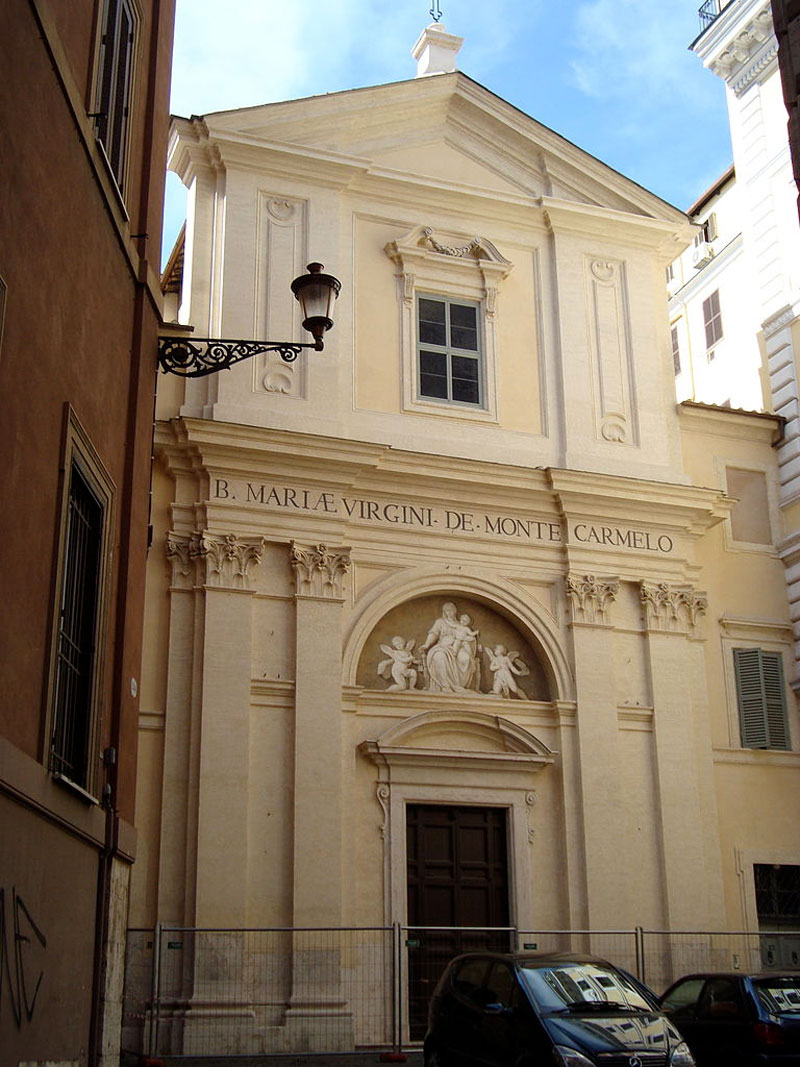
Construction for this Baroque-style church began in 1605, but Santa Maria del Carmine alle Tre Cannelle officially opened in 1623. After a fire broke out in the corridors of the chaplain, it was restored in 1772 by Pope Clement XIV and Cardinal Protector Domenico Orsini d’Aragona. But it wasn’t until 1775 that the basilica became open to the public. Over the years, various restorations have taken place and frescoes were added. Inside, there is only a single nave with a barrel vault and a banner by Italian painter Sebastiano Conca depicting the Madonna handing the scapular to St. Simon Stock and the Virgin Mary appearing to Elijah. Above the high altar and enclosed by glass, a statue of Madonna del Carmelo sits while opposite the altar wall is also a painting of St. Therese of the Child Jesus by Tito Ridolfi.
#5 Santa Balbina
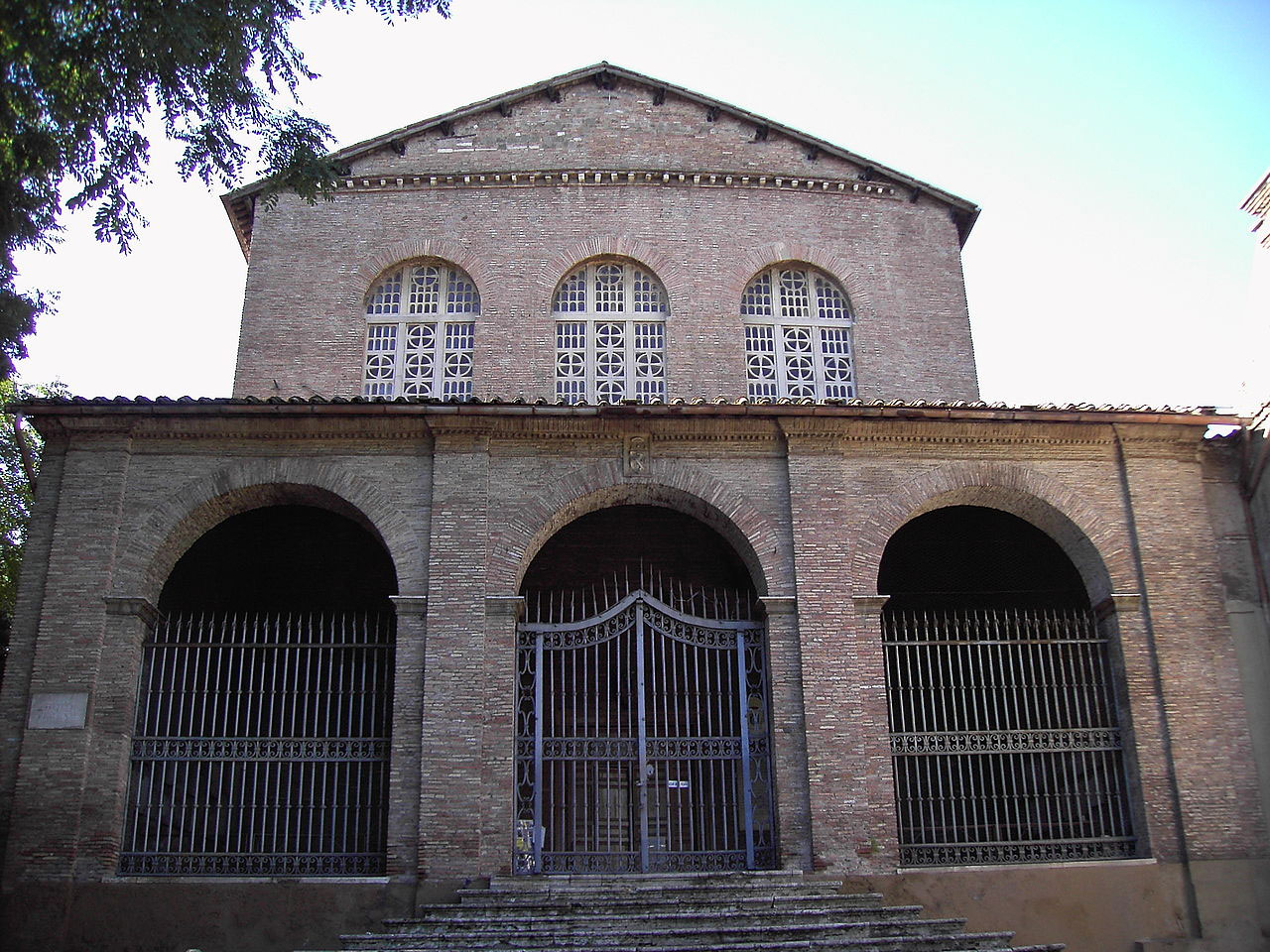
Legend has it that Saint Balbina, of whom this church is named after, was martyred for being a Christian and is considered the patron of sufferers of tuberculosis of the lymph nodes. At the end of the 8th century and beginning of the 9th, the basilica was made into a monastery, possibly being occupied by Greek monks. However, not much else was around the hill at that time and vineyards were planted around the property (which remained this way until the early 20th century). After its restoration by Italian art historian Antonio Muñoz between 1927 and 1930, its exterior included exposed brick and stone, an aesthetic he felt would have been seen in the Middle Ages. While visiting, make sure to view the Cosmatesque tomb of Stefano de Surdis, the papal chaplain, on the church’s counterfaçade. Shown on a raised box, the deceased rests on a chest with typical Cosmatesque-style decoration.
#6 Santo Stefano del Cacco
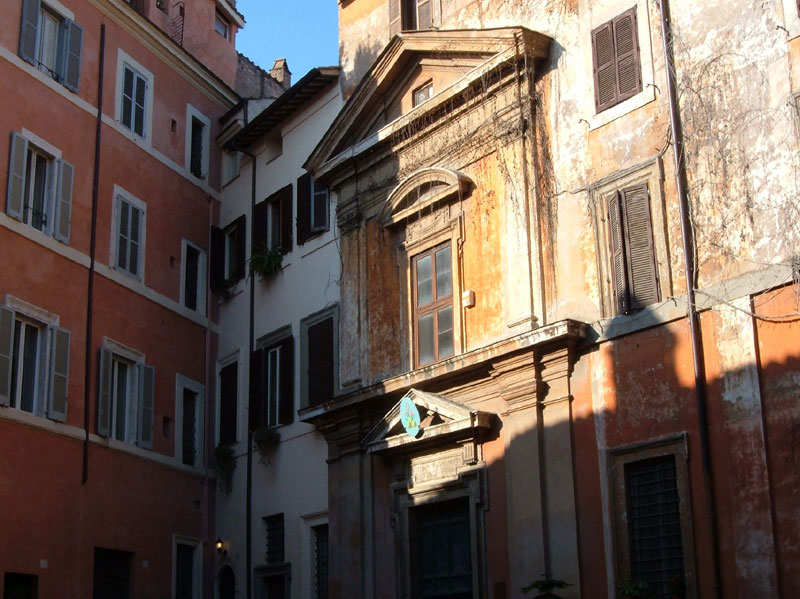
Its name is derived from either the Roman deity Cacus or a statute of the dog-headed god Thoth, the Egyptian god of the wisdom, moon, writing and magic. The latter is believed to be true since it was found outside its doors and has made its way into Vatican museums. After a renovation in 1607, which stripped and restored the apse, the basilica is greatly changed and has a more Baroque appearance. A central nave features twelve ancient columns inside; one is pavonazzetto from Turkey, two are Cipollino from Greece, four are grey granite from Mons Claudianus in the Eastern Desert of Egypt, and five are made from grey marble from Africa. For centuries, the two-story church has been a centre of the devotion to the Holy Face of Jesus.

